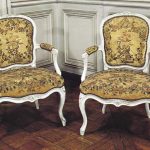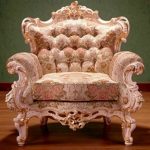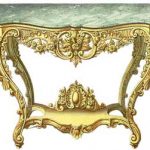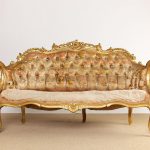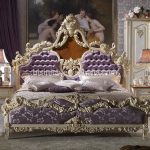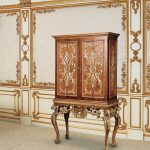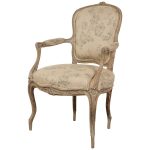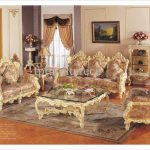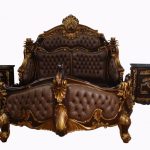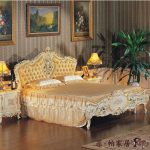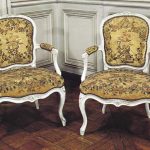Rococo furniture design is characterized by its ornate and elaborate style that flourished in the early to mid-18th century in France. This period in artistic and cultural history was known for its opulence, extravagance, and desire for luxury. Rococo furniture reflects this ethos through its intricate carvings, delicate curves, and decorative motifs that adorn every surface.
One of the key features of Rococo furniture is its asymmetrical and flowing lines. Pieces are often created with curved forms and intricate carvings that are elaborate and decorative. This style is in stark contrast to the more rigid and geometric lines of the preceding Baroque period. Rococo furniture is meant to invoke a sense of lightness and playfulness, as opposed to the heavy and imposing style of earlier periods.
The materials used in Rococo furniture design were typically luxurious and expensive, such as walnut, oak, mahogany, and gilded bronze. These materials were often combined with intricate marquetry, inlay, and ormolu (gilded bronze) to create a lavish and decadent appearance. The furniture was often upholstered in rich fabrics, such as silk or velvet, and adorned with embellishments like tassels and fringe.
One of the most iconic pieces of Rococo furniture is the fauteuil, or armchair. These chairs were designed with delicate curves, ornate carvings, and often adorned with intricate upholstery. The backrest and arms of the chair were often upholstered in luxurious fabrics and decorated with tassels and fringe. Another popular piece of Rococo furniture is the commode, a type of chest of drawers that was often lavishly decorated with intricate wood carvings and ormolu mounts.
Rococo furniture design was also influenced by nature, with motifs of shells, flowers, and foliage being commonly used in the decoration of pieces. These motifs were often incorporated into the carvings and inlays of furniture to create a sense of whimsy and fantasy.
Overall, Rococo furniture design is a reflection of the opulence and extravagance of the time in which it was created. It represents a departure from the more formal and structured styles that came before it, and instead embraces a sense of lightness, playfulness, and luxury. The intricate carvings, delicate curves, and decorative motifs that adorn Rococo furniture make it a unique and timeless style that continues to be admired and appreciated today.
 darbylanefurniture.com Interior design ideas with the latest interior inspiration
darbylanefurniture.com Interior design ideas with the latest interior inspiration

